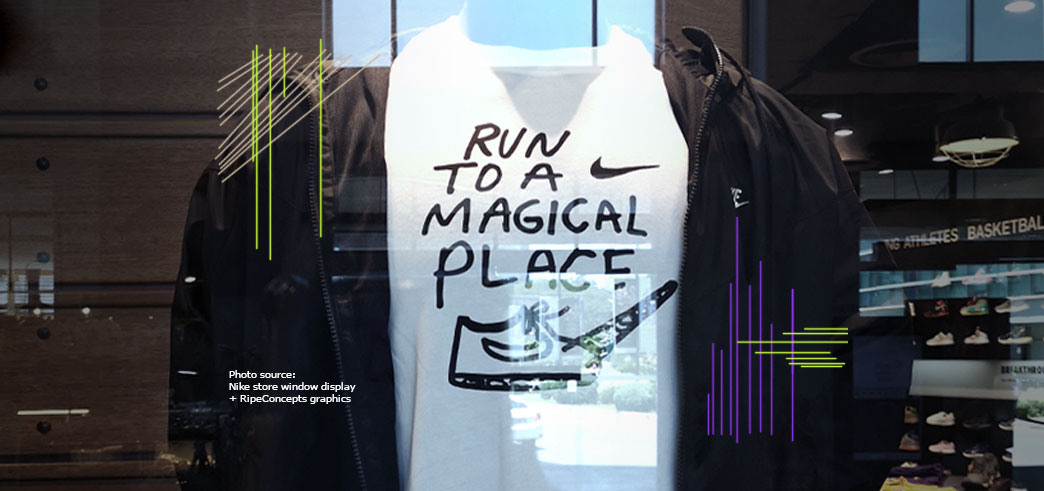3D Modeling , Digital Marketing , Marketing Trends , Design , Tech
Benefits of 3D Rendering for Furniture Business
by Khristal Asoque • June 6, 2023
It is vital to stay ahead of the curve toward success, especially in today's highly competitive furniture industry. They often face the challenge of showcasing their products to attract potential customers. A technology that has revolutionized how furniture businesses operate is 3D rendering. With the advent of this game-changing tech, 3D product rendering services have become an essential tool for the furniture industry. In this article, you can learn its benefits for furniture businesses.
What Is 3D Rendering?
Simply put, 3D rendering is the process of creating two-dimensional images from 3D models. This is the final step of 3D visualization that uses different software tools. The overall goal of this process is to generate realistic assets of an output. In a nutshell, this allows businesses to create lifelike images of their furniture products without physically producing them.

Rendering in 3D works by using specialized software to transform 3D models into visually realistic 2D images through the process of modeling, texturing, lighting, rendering, and post-processing.

- Modeling- creating a three-dimensional representation of an object or scene
- Texturing- adding textures such as glossiness or roughness from photos or scratch to 3D objects
- Lightning- simulation of real-world illumination or sunlight in a 3D environment to make the object look more natural
- **Rendering-**converting 3D models into realistic 2D images while utilizing computer algorithms
- **Post-Processing-**final adjustments like filtering, color correction, or surface finishing
Brief History of 3D Rendering
It’s almost difficult to imagine, but the earliest examples of 3D computer graphics were created in the early 1960s. It started with the invention of the first 3D software called Sketchpad, which led to the foundation of 3D. Fast forward to the 1980s, personal computers led to the development of software applications that could create 3D models.

In the 1990s, the development of faster processors and more advanced software applications led to the widespread use of 3D rendering in various industries, which includes architecture, engineering, and entertainment. Today, the level of photorealism that 3D rendering can simulate, with near-real depictions of almost any object, lends itself to multiple uses and online realities. It is now an essential tool for businesses that want to best present their products and services, the furniture industry included.
3D Rendering For Furniture Businesses
3D furniture rendering is the use of CGI technology to create different 3D furniture models. In addition, 3D renders are used by furniture manufacturers and furniture designers for their respective needs.
- Furniture manufacturers use it to visualize product configurations before production. Also, this helps with their marketing campaigns like using the rendered images on social media posts.

- Furniture designers can utilize this to transform their creative concepts into realistic visualizations. Further, they can explore different colors, materials, finishes, and design variations on the furniture design. Additionally, it enables 3D artists to showcase their work in photorealistic settings and promote their furniture designs effectively.

Importance of 3D Rendering Products in the Furniture Industry
In the furniture industry, 3D product rendering plays a crucial role in transforming the design and marketing process. Also, by providing photorealistic virtual representations of furniture, businesses can showcase their products in immersive visual environments, allowing customers to envision how pieces will look in real-life settings.
Here are the top reasons for its importance to furniture businesses:
Cost-Effective
One of the main benefits of 3D rendering for furniture businesses is cost-effectiveness. With this, businesses can create realistic images of their products without physically producing them. Furthermore, this not only saves the cost of manufacturing but also reduces the cost of photography and marketing. Moreover, 3D rendering allows businesses to make changes under different settings in the product design without incurring additional costs.

RipeConcepts offers 3D digital creative solutions at a fraction of the cost.
Customization
3D rendering allows furniture businesses to create customized products. With the help of this process, businesses can create or update designs and models according to the client's requirements. This enables furniture businesses to cater to a wide range of customers with different preferences. Additionally, this means that furniture businesses can create unique and personalized products and improve the product to be more interactive, attractive, and powerful.

Product Design Quality
The realism that 3D brings to the table helps detailed virtual models, allowing for thorough analysis and identification of potential flaws or areas for improvement. Additionally, this explores materials, textures, and finishes, that aid in making informed decisions about the visual aesthetics of the design. Furthermore, virtual prototyping through this 3D tool enables designers to simulate real-world scenarios, ensuring the product meets desired quality standards in terms of functionality.

Better Marketing
This 3D process can provide furniture businesses with better marketing opportunities. Also, businesses can create realistic images of their products that can be used in marketing campaigns, like social media, email campaigns, and ads. Similarly, furniture companies can showcase their products in realistic room settings, allowing customers to envision them in their own homes. Moreover, immersive AR or VR experiences allow customers to virtually "try out" furniture, providing a unique shopping experience that sets businesses apart.

Final Takeaways
In conclusion, rendering in 3D has become an essential tool for furniture businesses. Additionally, it enables businesses to create realistic images of their products without physically producing them, saving costs and providing the opportunity to create customized products. Moreover, this 3D process enables furniture businesses to showcase their products in different environments and settings, which helps customers to make informed decisions. Besides that, by incorporating this in their marketing strategies, furniture businesses can attract more customers and increase sales, leading to growth and success.
Are you ready to take your furniture business to a whole new level with captivating 3D renders? Tap on our world-class 3D artists, for your 3D rendering product needs through rc.connect@nagarro.com.

3D Modeling , creative design , Design




